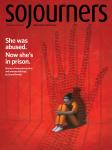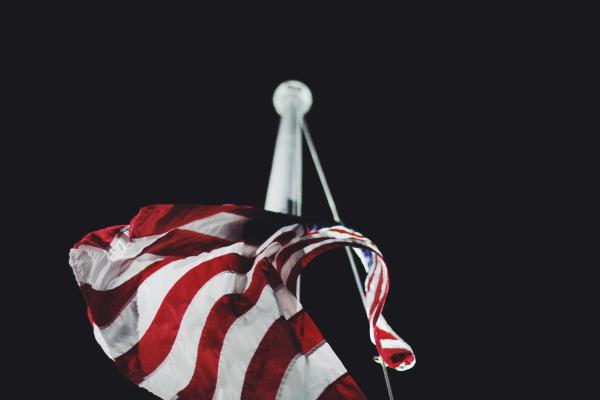AS A WHITE native Mississippian, I grew up among Confederate sympathizers. As an adopted Kentuckian, I live among them still. But the news cycles lately have been dominated by some fans of the Confederacy unlike any I’ve ever seen.
First there were the neo-Nazis in Charlottesville, who purported to defend the honor of Robert E. Lee by chanting slogans such as “Jews will not replace us!” Those twisted and deluded young men and women are ignorant of so much; how could they be expected to know about the thousands of Jewish Confederate soldiers, or the Confederacy’s Jewish attorney general?
Then came President Trump, a New Yorker, going all atwitter about the loss of the “beautiful” [Confederate] statues and monuments in “our cities, towns, and parks.” Closer to home, our Kentucky governor, Matt Bevin, a right-wing multimillionaire businessman who grew up in New Hampshire, accused Kentuckians who want to remove a statue of Jefferson Davis from our state capitol of a “sanitization of history.” (Bevin later denied he said this—though there is a recording—and asserted that he meant to call these efforts “revisionist.”)
Unlike Bevin, I’ve seen history “sanitized.” When I was growing up in the Mississippi Delta, among white people the “stars and bars” Confederate battle flag seemed at least as popular as the nation’s stars and stripes. There was the usual memorial statue of a generic Confederate soldier in front of the courthouse. And history lessons about the siege of Vicksburg were especially vivid. Food was so scarce, we learned, that protein-starved residents were reduced to eating rats and boiling shoe leather.
The history I learned was so “sanitized” that the reason for the war—the perpetuation and spread of the enslavement of Africans—rarely came up.
Then, as I rounded the corner into adolescence, things seemed to change. The soldier in front of the courthouse watched as the descendants of slaves took over the government offices inside. Today four of the five members of my native county’s board of supervisors are black, but that soldier is still out there. The stars and bars has been banned from football games at the University of Mississippi, but it is still implanted in the upper left corner of the official state flag.
During my adulthood, I’ve thought long and hard about what we, white Southerners, should do about the legacy of slavery and the Confederacy, and I am certain that honoring it is not one of the options. But if the history of African enslavement in America shouldn’t be honored, neither should it be erased. It can’t be, because its effects—such as racial gaps in wealth, education, and incarceration—haven’t been erased.
The way to deal with the legacy of slavery and the Confederacy is not to honor it or to erase it, but to fully and honestly recognize it. This can be done. The Germans have done it with their Nazi past, and, while they still have problems, the Germans have fundamentally changed their culture.
The first baby steps toward a similar process have begun with civil rights museums and monuments in some Southern cities. But the positive legacy of the civil rights movement is relatively easy to recognize. The hard part will be facing the individual acts of violence and terror that comprised a slow-rolling, centuries-long war against a captive and oppressed people. This is, for example, what Bryan Stevenson’s Equal Justice Initiative in Montgomery, Ala., is doing with its plans for a national memorial to the more than 4,000 African-American lynching victims EJI has identified.
In the end, if we white Southerners are going to insist on recognizing our Civil War dead, then every such memorial, in every county seat, should be matched with an equally prominent one for those enslaved and brutalized by slavery and its successors. That would be something truly beautiful in America’s cities, towns, and parks. It would be something like justice.

Got something to say about what you're reading? We value your feedback!

